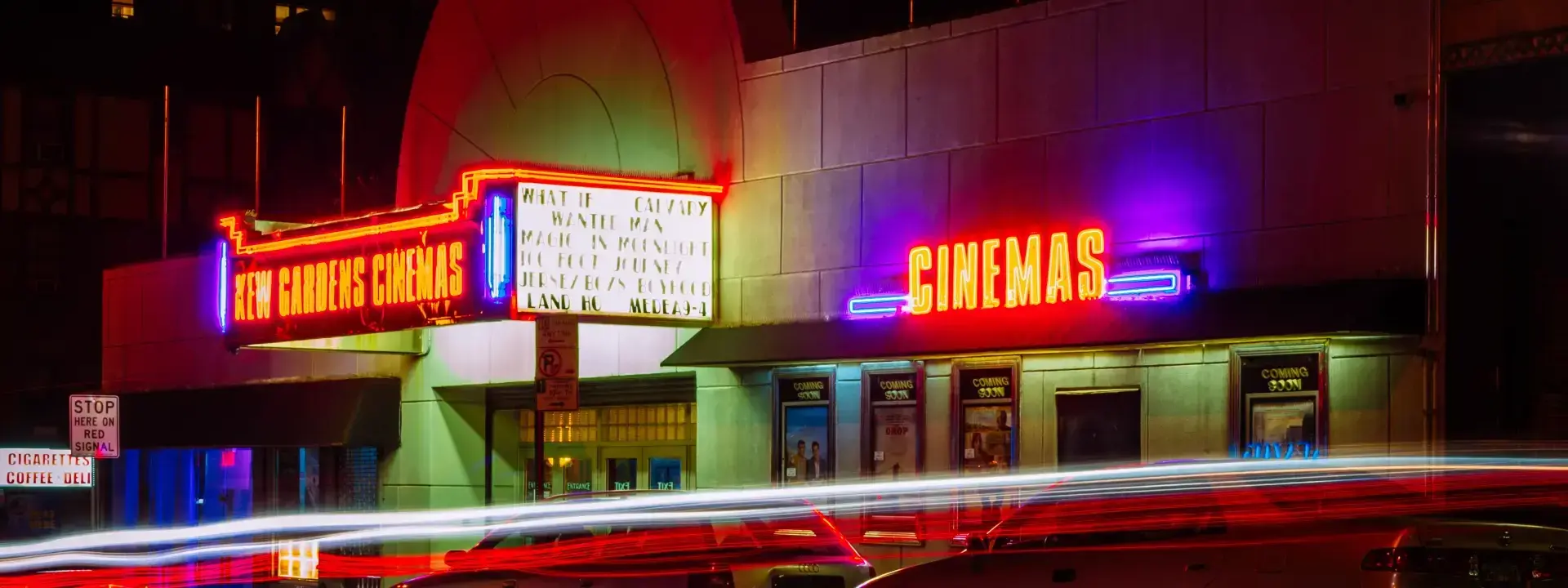
Gaffer Job Description
What is a Gaffer Professional?
A gaffer is a lighting technician who works in the film and television industry. They are responsible for setting up and operating lights for productions. Gaffers typically work with directors of photography to determine the desired look of a scene, and then they set up the necessary equipment to achieve that look. In addition to their technical expertise, gaffers must also be able to understand and execute creative vision.

What does a Gaffer Expert do?
Gaffers typically start out as electricians or grip assistants before working their way up into more senior positions. Some may eventually become director of photography or even producers. The job requires long hours, often on night shoots, so it can be physically demanding as well as mentally challenging
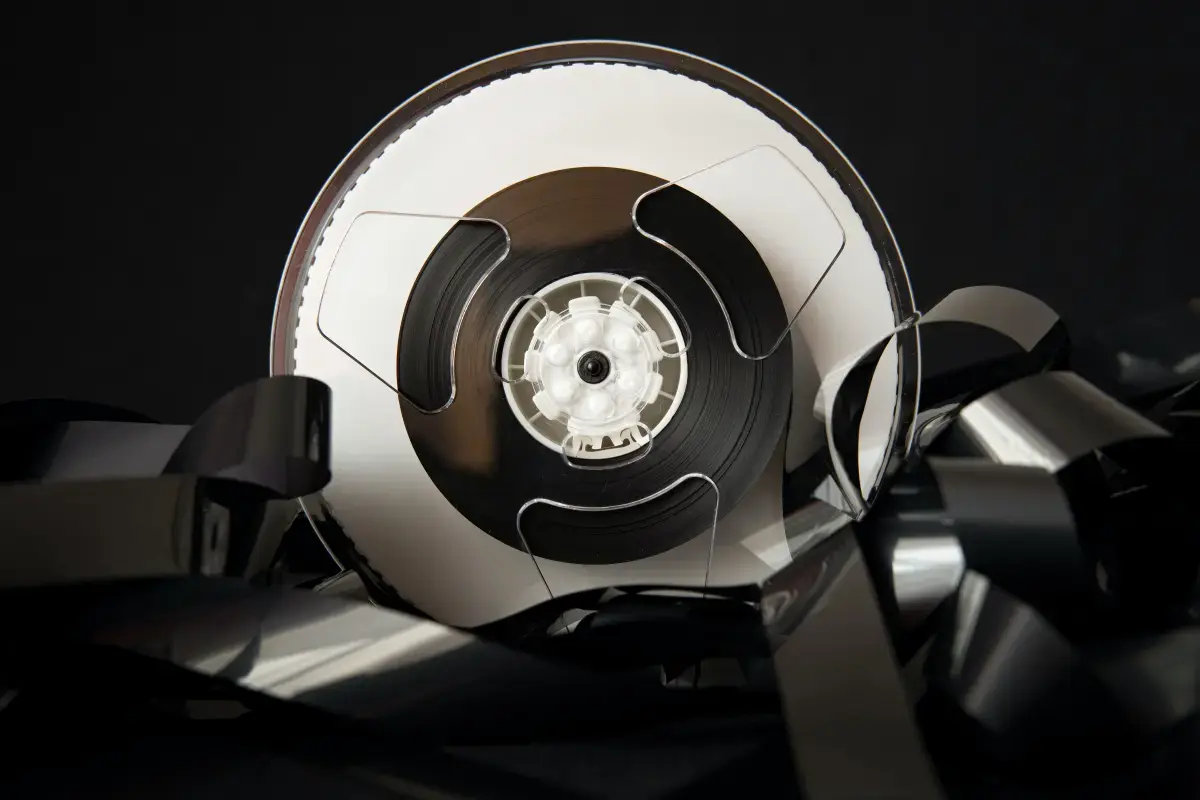
What are the Skills of a Gaffer?
A gaffer is a term used in the film and television industry for someone who works as a lighting technician. Gaffers are responsible for setting up, operating, and maintaining the lights used on set. They work closely with the Director of Photography (DP) to ensure that the lighting meets their creative vision. Gaffers must have a strong understanding of electricity and how it relates to lighting equipment. They need to know how to safely install and operate lights, including spotlights, follow spots, Fresnel lights, PAR can lights, dichroic lamps, LED fixtures,, moving Lights ,and more.

What makes an Expert Gaffer?
In addition to knowing about different types of light bulbs and fixtures,,gaffers also need to be familiar with various types of filters that can be placed over lightbulbs to change the color temperature or intensity of the light . Some filters are made of gelatin material; others are acrylic or polyester based.. Gaffer tape is an essential tool for any gaffer because it can be used for a variety of purposes :securing cords in place so they dont create trip hazards ,taping down scenery or props to prevent them from toppling over ,and muchmore
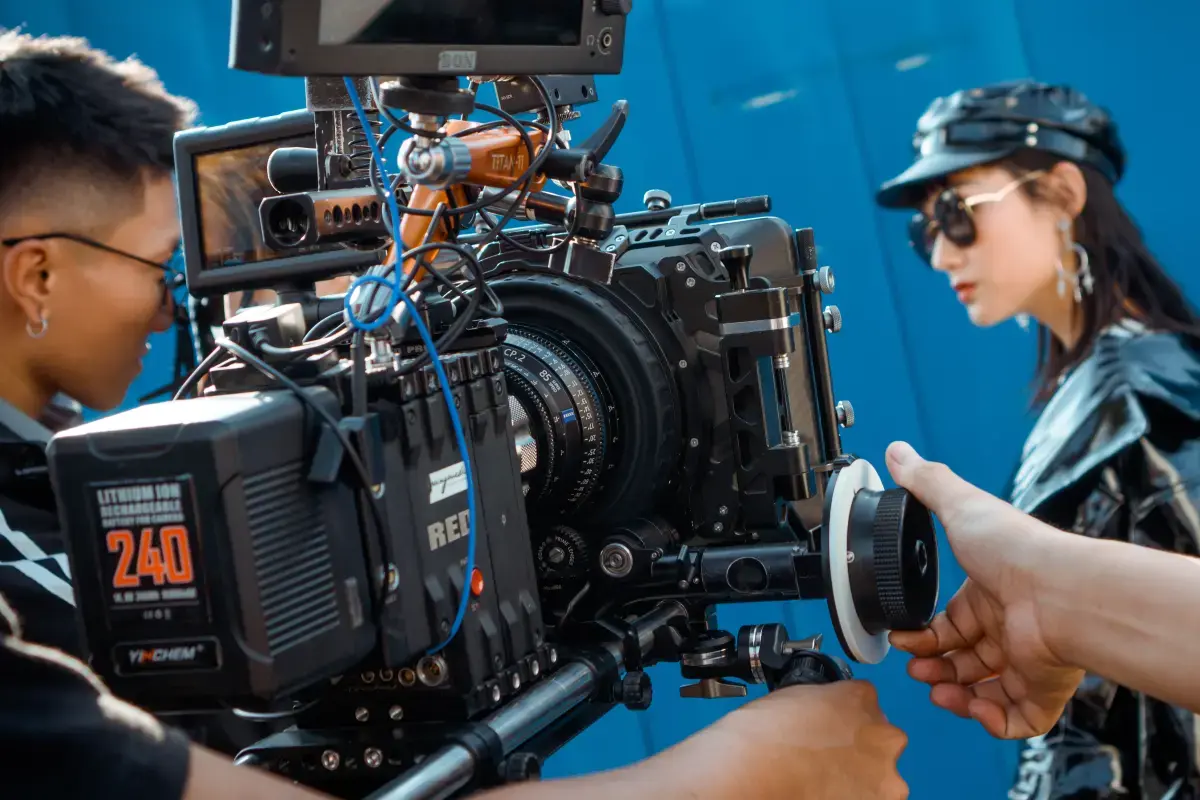
What level of Experience & Qualifications are required to be a Gaffer?
Industry Experience: -Minimum 5 years of experience as a gaffer on film and television sets -Familiarity with power distributions and safety protocols -Proficiency in the use of industrial grade lighting equipment, such as Fresnels, PARs, Kinos, HMI’s and LED lighting instruments -Knowledge of rigging systems including soft rigging systems (dollies), hard grid system, cable crossovers. Training: -Certification from Gaffers Association or other reputable authority in stagecraft/lighting design/electronic engineering Qualifications: -Valid driver’s license required for transport equipment to various locations. -Able lift 25 pounds – necessary for moving lights and stands around set or outside location shoot. -Excellent problem solving skills – able to quickly identify & troubleshoot technical problems related to lights & other electrical issues on set without interrupting filming schedule. -Ability to think strategically about how best light scenes for desired aesthetic effect whilst working within parameters of budget allocated by producers & directors Education: Higher level qualifications in theater technology / electronic engineering preferable but not essential
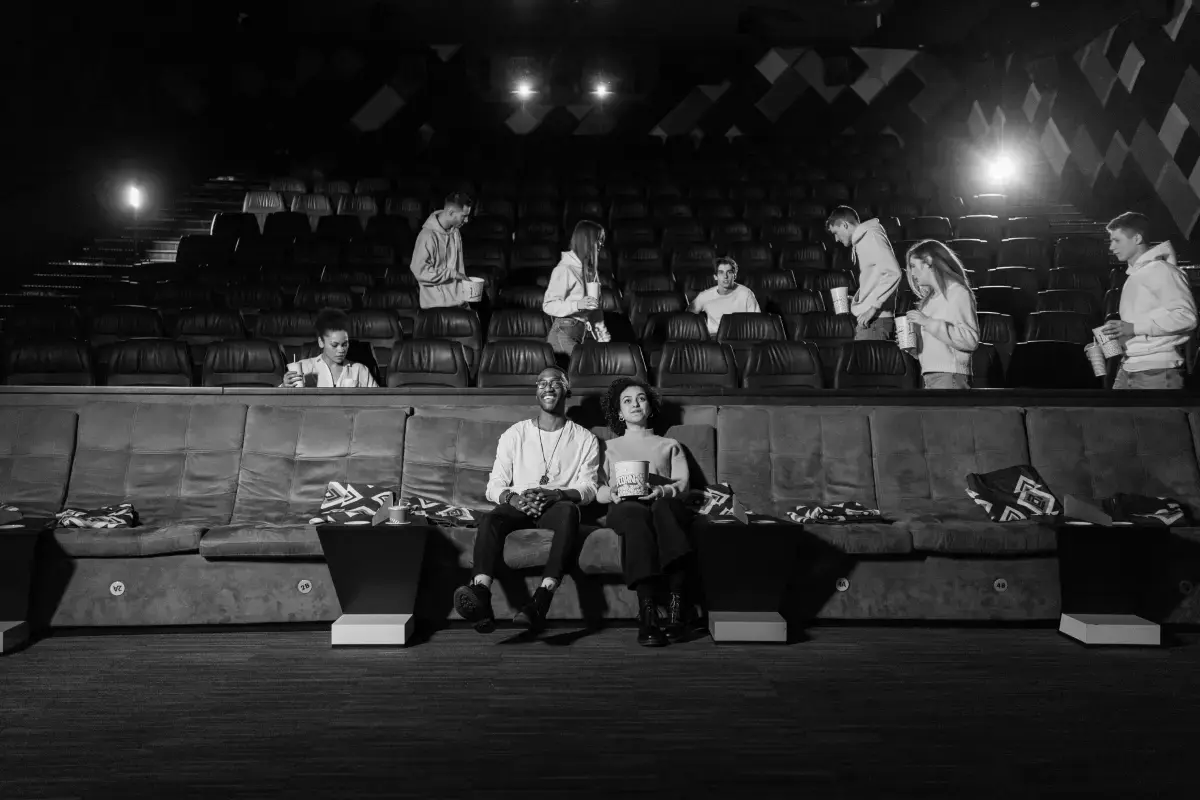
What is the Salary of a Gaffer?
As with most jobs, salary expectations for a gaffer range significantly depending on experience and location. Generally, junior gaffers can expect to make anywhere from minimum wage up to around $20 an hour. As they gain more experience and advance their skillset they may be able to negotiate higher wages of up to $25 per hour. For mid-level or senior level gaffers salaries may range anywhere from the lower end of $25 an hour up to as high as $50 per hour or sometimes more depending on the company, region, and demands of the job. Senior level gaffers often have years of experience in the field and possess leadership qualities that allow them to supervise other crew members confidently throughout a production process. Those with technical expertise related specifically in lighting design are typically highly sought after by studios so their starting wages will likely reflect this demand with pay upwards touching or reaching six figures annually depending on area size and budgeting allowance provided by their employers for labor costs related roles such as theirs.

What are the Working Conditions for a Gaffer?
The general working conditions for a gaffer will vary depending on the production, but in general they tend to be quite demanding. Gaffers must be prepared to work long days, weekends and holidays when necessary. They should also expect to lift items and maneuver lighting equipment in a safe manner during setup and breakdown, and exercise good judgment of what is safe to carry or manipulate. Keeping up with changing technology is another key part of the job, as new equipment emerges that the gaffer needs to understand how it works before being able use it in their setups effectively. Depending on the duties assigned by production they may also need flexibility with working hours if their projects require night shoots or early start times due to shooting schedules or location requirements; ultimately understanding expectations from above are key components for any successful crew member overall. Because this role typically requires outside work more often than not (weather permitting), physical fitness can also be a major factor for extended shoots so that crew can fight off fatigue over longer periods of time without losing concentration and focus due diligence throughout each shoot’s duration

What are the roles and responsibilities of a Gaffer?
Ensuring the electrical equipment and supplies on set are safe and in good working order
Designing lighting setups in collaboration with the director of photography (DP) to achieve the desired look for each scene
Supervising a team of electricians who carry out his or her designs and maintain all the lights during shooting days
Renting, purchasing, or building custom rigging as needed for specific shoots
Researching new technologies and ways to improve efficiency on set
Staying up-to-date on industry safety standards
Consulting with other departments such as art direction when planning lighting needs that will impact their workday
Assist DP in making decisions about which types of lightbulbs/lamps to use based on cost, color temperature , wattage etc..
Aware of power limitations – aka how much amperage is being drawn by all devices currently running so you don’t overload circuits
Test dimmers & distribution boards before loading talent
Apply gels / diffusion material onto lamps as directed
Adjust Par Can positions
Focus Lekos
Position mirrors
Hang & focus china balls
Standby w tools incase any repairs need made while filming
Troubleshoot if any issues arise with electrics
Distribute call sheets + production docs to dept
attend pre prod meetings
keep detailed inventory report
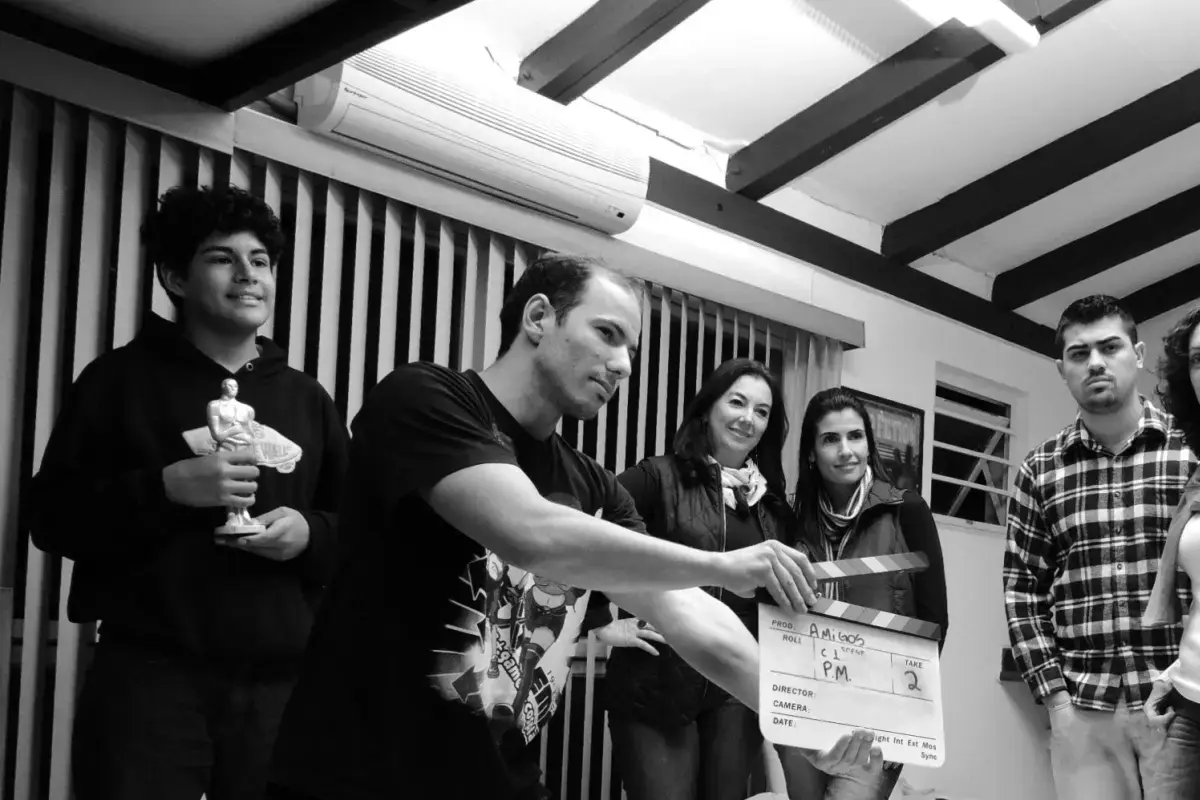
Where can I find Gaffer jobs?
- Create a profile on gigexchange and promote your Gaffer skills to advertise you are Open to New Work Opportunities
- Ensure your Resume (or CV), or online work profile is up to date and represents your skills and experience. Ensure your reputation reflects your ability & attitude.
- Apply for Gaffer Jobs advertised on gigexchange.
- Practise Gaffer interview techniques to ensure you represent your personality and ability succinctly and confidently.
- Accept the job offer if the salary meets your expectations and the employer mission and purpose reflects your core values.
Jobs
What are the best job boards for Gaffer jobs?

How can I hire Gaffer staff online for my business?
The best job board for recruiting Gaffer experts is gigexchange.com. Advertise full-time, part-time or contract jobs to find, hire & recruit trusted, experienced and talented Gaffer candidates near you.
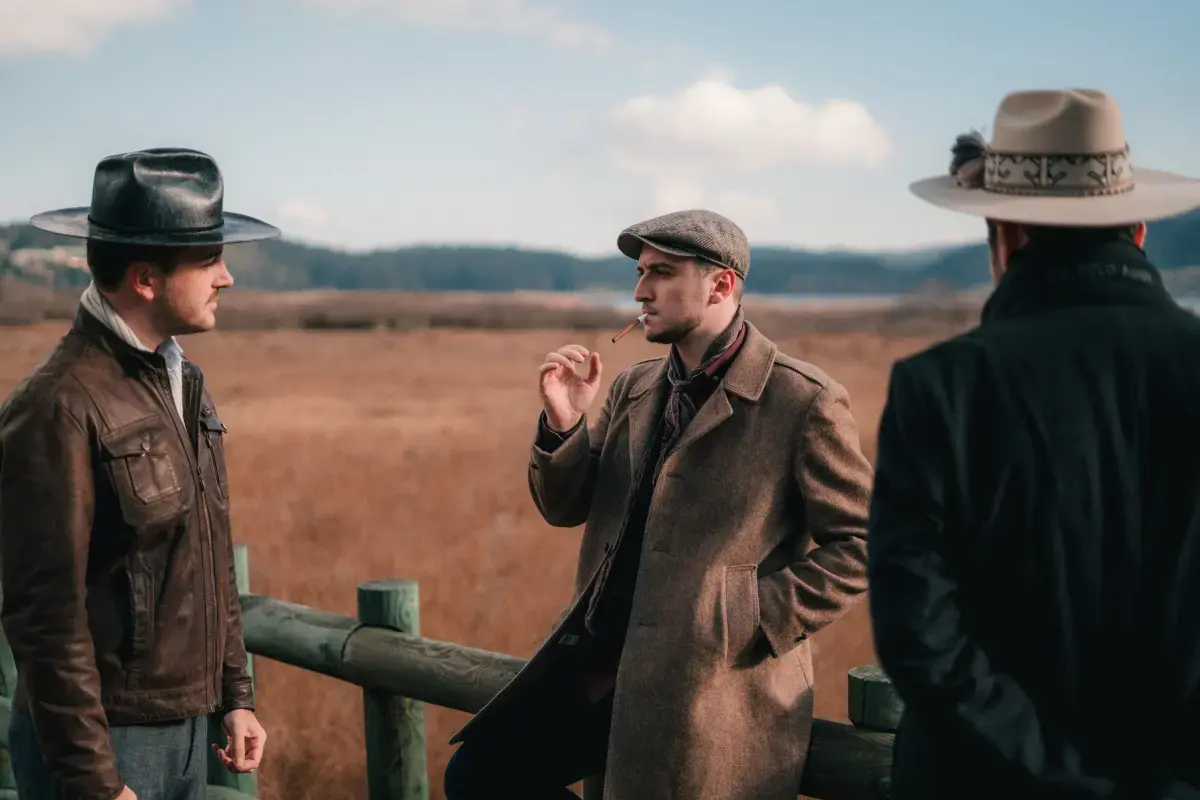
Are Gaffer roles in demand in 2025?
Gaffer experts are still in high demand in 2025. If you are an experienced Gaffer or looking to train and become one. The job market is looking strong for Gaffer jobs near me.